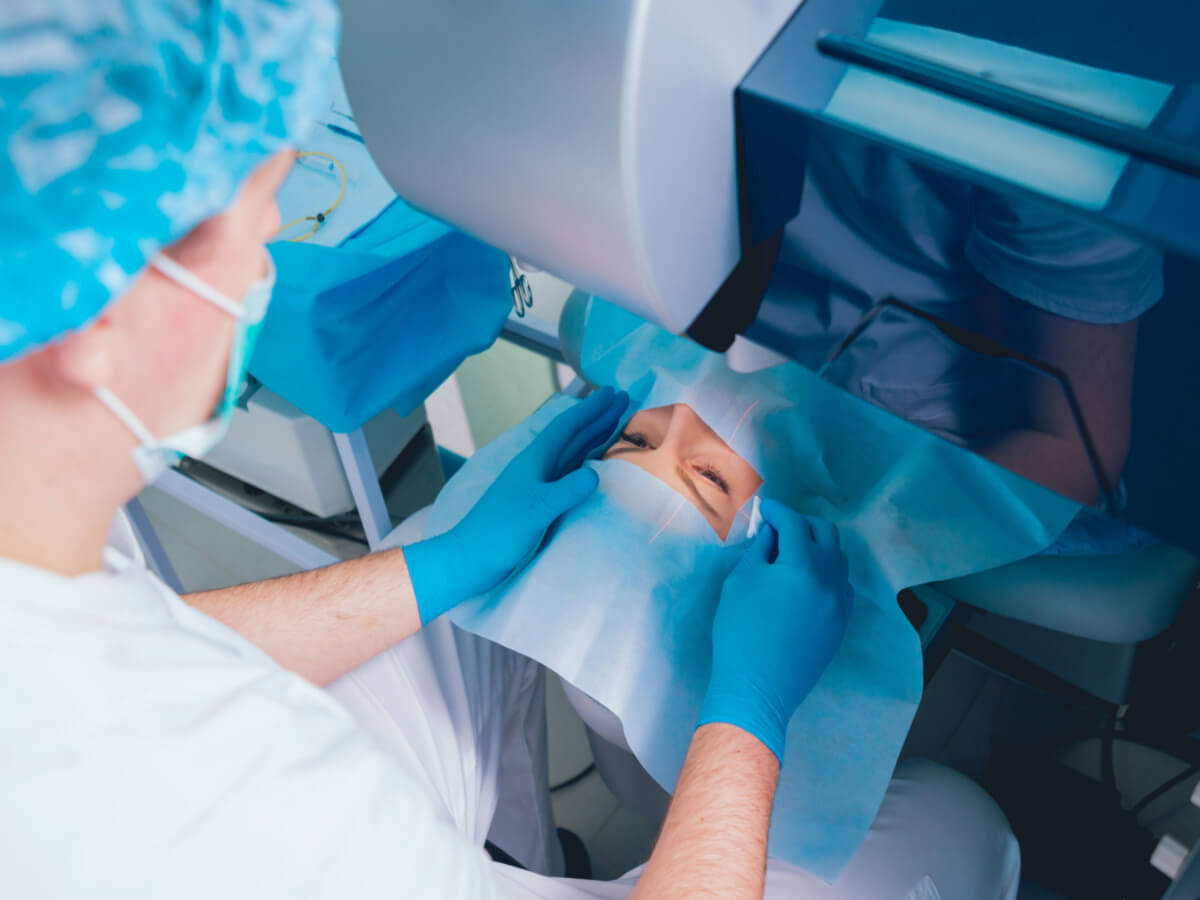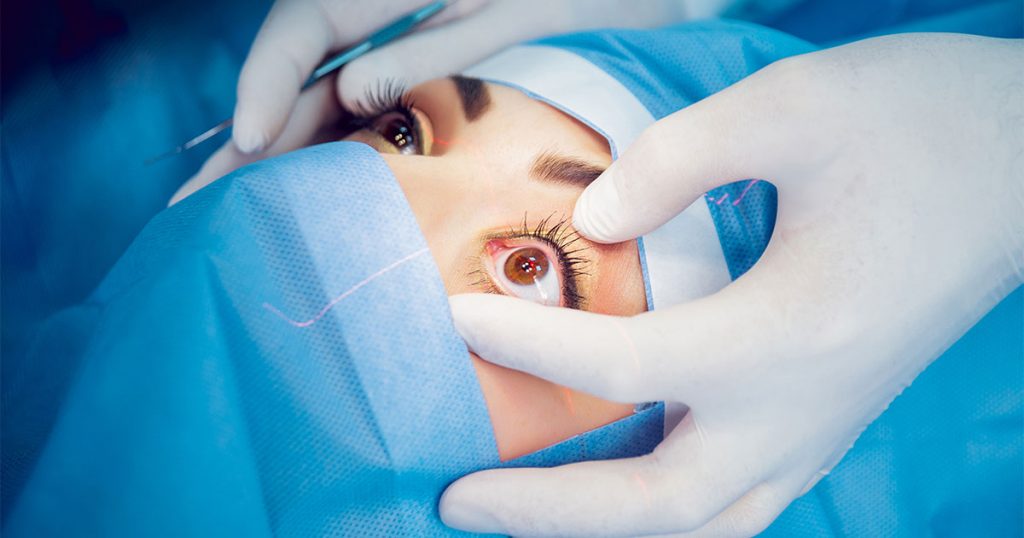Myopia, or short-sightedness, is an eye condition where distant objects appear blurry due to improper light focusing on the retina. While there is no cure, glasses or contact lenses can help. Recent studies highlight Atropine 0.01% eye drops as an effective myopia treatment to decelerate progression in children. Originally, Atropine 1% is utilised for pupil… Continue reading Myopia atropine treatment
Day of Surgery instructions
If you are scheduled for a day-case surgery with us, it is crucial to be well-prepared to ensure a smooth and safe surgical experience. From understanding the fasting guidelines to knowing what attire is appropriate, being informed can ease your anxiety and prepare you for a successful procedure. We strongly recommend downloading our detailed leaflet… Continue reading Day of Surgery instructions
Strabismus in Children: Crossed Eyes and Vision Development
Strabismus, commonly called ‘crossed eyes,’ impacts approximately 2% – 4% of children worldwide. This condition results in the misalignment of the eyes, causing them to point in different directions and disrupting binocular vision. Strabismus is primarily seen in infants and young children and is not just a cosmetic concern. It can significantly impact vision development… Continue reading Strabismus in Children: Crossed Eyes and Vision Development
Selective Laser Trabeculoplasty for Glaucoma
This blog on Selective Laser Trabeculoplasty for glaucoma treatment was authored by Dr. Salman Waqar, a Consultant Ophthalmologist in Cataract and Glaucoma Surgery. Living with glaucoma often means meticulous eye drop management and close intraocular pressure (IOP) monitoring. Thankfully, advancements in eye care, such as Selective Laser Trabeculoplasty (SLT), offer a more refined to manage… Continue reading Selective Laser Trabeculoplasty for Glaucoma



